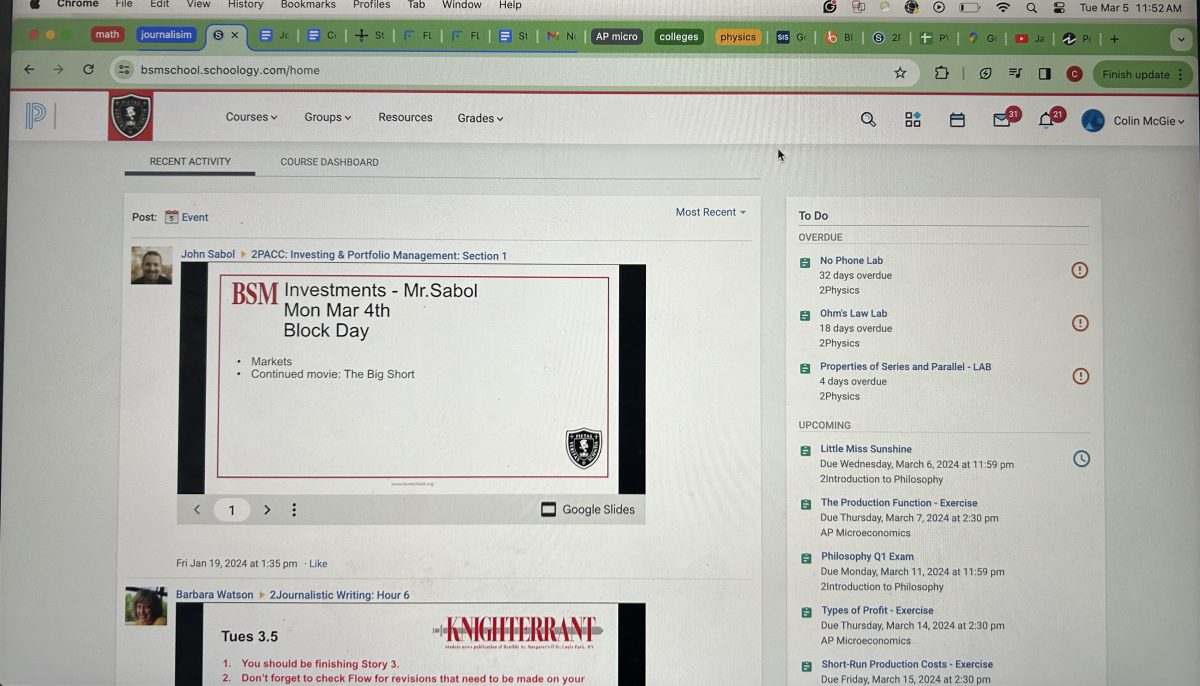Tiny Objects Blasted Upwards: An explanation
Photo courtesy of onuromeryavuz, Pixabay, CC0 Creative Commons
Tiny rockets are blasting off from Earth in to space every day!
To get into orbit, a rocket essentially has to accomplish three things: Go fast enough, go high enough, and push through all the air that’s in the way. Surprisingly, going high enough isn’t as hard as you’d think. Going fast enough is kind of hard. Getting past our atmosphere is actually very, very difficult, and puts the most restriction on our micro-rocket.
What would it take to get a golf ball into space? That wouldn’t technically be a rocket, but it would be small. Appendix III of The Rules of Golf states that a golf ball must not exceed 45.93 grams (0.04593 kg).
So, if we wanted to send a golf ball up to Mark Vande Hei on a spacewalk 408 km high on the ISS, it would take about 180 kJ of energy. Throwing a golf ball to the ISS would take about as much energy as you’d expend by benching plates (bench pressing two 45 lb plates) 493 times. But it’s not an unattainable amount of force. Pushing my car (which weighs about 7,000 lbs) only 18 feet takes about 180 kJ of energy.
But we could go into orbit at a much lower altitude. The Karman line is often accepted as the boundary of outer space, and is defined as 62 miles (100km) up. Space is as close to BSM as St. Cloud is.
It’s not impossible for an amateur to build a rocket that goes that high. In 2004, a group of incredibly dedicated enthusiasts sent a 15 foot long rocket a record breaking 72 miles–easily past the Karman line. Even though their rocket had technically made it to space, it hadn’t made it into orbit.
What would it take to get a golf ball into space? That wouldn’t technically be a rocket, but it would be small. Appendix III of The Rules of Golf states that a golf ball must not exceed 45.93 grams (0.04593 kg).
Actually, Earth’s gravitational pull at the edge of space isn’t much lower than it is on the surface. Astronauts feel like they are weightless because they are in a state of free fall as they orbit the Earth at high speeds.
Why is this? Isaac Newton figured out that if a cannon launched projectiles (a golf ball, let’s say) at a given angle, and if it was blasted fast enough, the curve it takes would wrap around the whole Earth. The golf ball would never stop falling.
Kepler’s 3rd law says that the speed necessary to orbit something is proportional to how far away you are from it. Since orbiting is just going so fast that you fall slower than the Earth curves below you, and Earth’s gravity is weaker as you move further away from it, satellites very far from Earth do not have to move very fast to stay in orbit.
However, you’re still going to have to go pretty fast. How fast? At the altitude of the ISS, all objects in orbit travel at about five miles per second.
So, our rocket has to travel the distance to St. Cloud vertically, and accelerate to five miles per second horizontally. It turns out the best way to do this is to launch at the equator. The Earth is rotating faster at the equator than the poles. This might not seem to make sense, but think of a ceiling fan––a single spin takes a set amount of time for all parts of the fan. Same for Earth––a day lasts the same 24 hours in both Minneapolis and Quito, Ecuador. But the outer edge of the fan has a longer distance to cover than the inner part of the blades in the same set time span. So, the outer edges move at a faster rate. Same with the equator on Earth.
Because of this, a rocket launched on the equator will have a boost of more than 1000 miles per hour (or 0.27 miles per second). A point on the equator of the Earth spins faster than a point nearer to the poles for the same reason the tips of the blades of a fan go faster: they must travel a greater distance in the same amount of time.
Apparently, the hardest part is getting through the atmosphere. According to Howard Wilcox, former physics professor at Berkeley (quoted in Tony Reichhardt’s Air and Space article “The One-Pound Problem), a rocket launching from Earth has to overcome the equivalent of a 30 foot deep column of water to get to outer space. As anyone on the swim team can attest, moving through water is seriously hard.
So, using that 30 feet of water as reference, a large majority of the rocket’s fuel will be spent just to push through all of it. The good thing is, as a rocket burns fuel, it loses mass and becomes easier to move with the same force according to Newton’s second law. Also, if you use stages, you can dump used up sections of rocket and only have to push a smaller section into orbit.
This year, New Zealand company Rocket Lab launched their 56 foot long, 23,000 lb Electron rocket. It reached space, and is expected to reach orbit after more tests. It may even be able to launch American space company Moon Express’ spacecraft, making the Electron the smallest rocket capable of placing a craft on the Moon.
But we can go smaller. After two embarrassing failed launches, the US Navy’s Vanguard rocket finally sent Vanguard 1 into orbit. It was the second US satellite, and the fourth thing humans put in orbit. Remarkably Vanguard 1 remains in orbit after half a century, making it the oldest artificial satellite of Earth. The Vanguard rocket, at 22,000 lbs, is slightly smaller than the Electron.
But we can go smaller. To avoid much of the atmosphere, NASA’s Pegasus rocket is dropped off the bottom of a plane like a missile, then uses its wings to guide it as it flies to orbit. At 55 feet long and 40,000 lbs, it has been used very successfully for years to launch small satellites. It’s also my favorite rocket.
But we can go smaller. The Japanese Lambda 4S, weighing in at only 20,000 lbs, was 54 feet long and had one successful launch in 1970. With its launch, Japan became the fourth nation after the US, USSR, and France to release an artificial satellite into orbit. Even though they launched from the southernmost province in Kyushu, the closest of the major islands to the equator, Japanese satellites do not benefit as much as their American counterparts from the Earth’s rotation.
But we can go smaller. In January 2017, Japan tried to one-up their Lambda 4S by launching a 5700 lb, 31 ft long rocket with a very catchy name: the SS-520-4. If it didn’t fail, it would’ve been the smallest and lightest rocket to reach orbit. Of course, its maximum payload is only nine pounds. If its second attempt in 2018 is successful, the SS-520-4 will be used to launch cubesats and microsatellites. It would take 44,000 bench-presses to throw one of those microsatelites to the ISS.
However, an obscure project from the 1950s may have all the rest beat. At only 2000 lbs, the NOTS-EV1 Pilot, also known as NOTSNIK, was launched from a plane similar to Pegasus. According to a 1998 report by spaceviews.com after the project’s declassification, two launch attempts were apparently detected by a New Zealand tracking station, recording several successful orbits. This hasn’t been officially confirmed. Nevertheless, NOTSNIK was an air launched rocket 32 years before Pegasus!
Theoretically, the smallest possible ‘rocket’ has already been created by nature. Small, individual particles of gas in the upper atmosphere sometimes escape Earth’s gravitational pull and escape the atmosphere. This is part of the reason why rocky planets smaller than Earth may have a hard time holding onto breathable atmospheres. So, the smallest rockets might be atoms of plutonium or other heavy, radioactive atoms. When they decay into several smaller chunks, the nuclear fission is the propulsion method, and a tiny piece of atom flies off into space! There are tiny nuclear rockets taking off from Earth every day.

















































